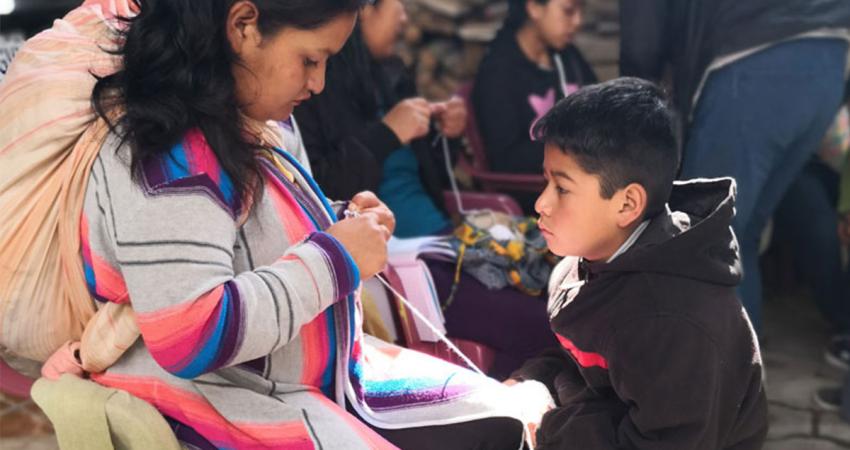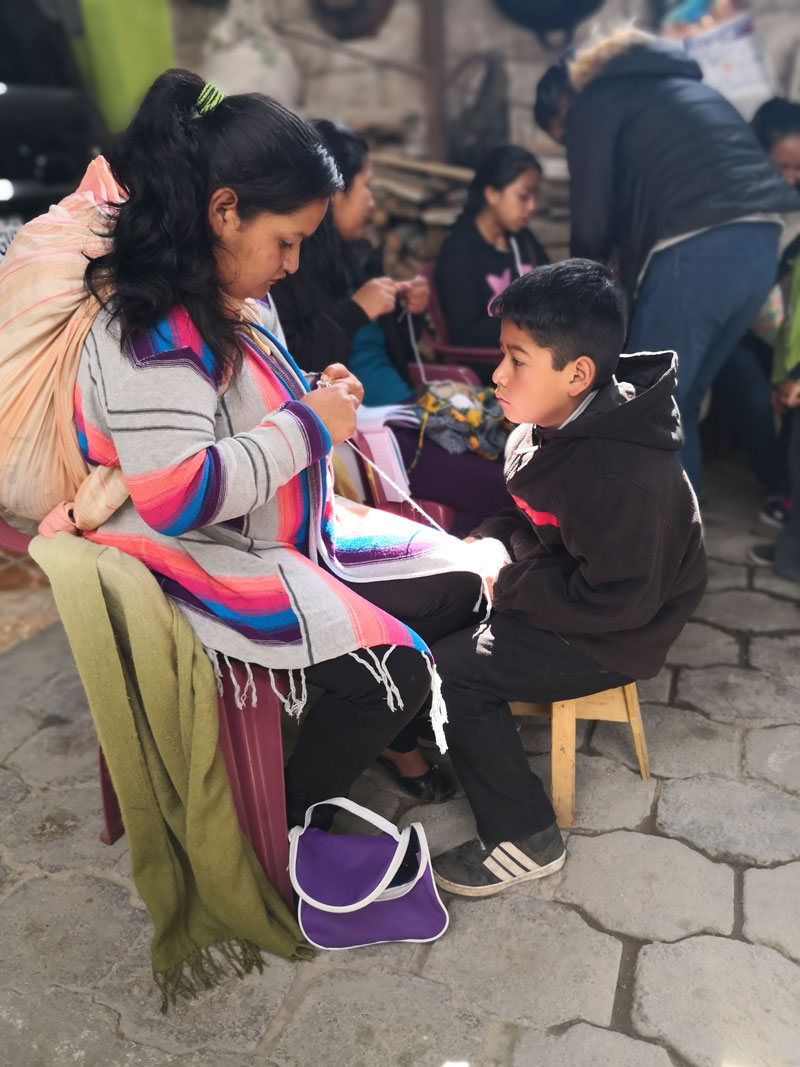IOM pilots innovative model for providing information on migration in Guatemala: Community Advisors on Migration


"The fact of being a woman makes a difference in the groups we work with, since when a woman arrives, people welcome her happily...To people who want to migrate illegaly, my advice would be not to do it, because there are various risks you run along the way, like human trafficking, rape, extortion, and even death." María Angélica Yax Oroxon, migration community advisor.
The Migration Community Advisors are a pilot initiative of the Mesoamerica Program in Guatemala, as part of its efforts to carry out sustainable preventative actions in the most vulnerable communities.
These advisors are women who are leaders in their communities. They work as volunteers, giving trustworthy information on topics related to regular migration and identifying vulnerable cases to refer them to the services of the Municipal Information Hubs on Migration.
The country currently has 22 community advisors, working in the following municipalities: San Cristóbal, Totonicapán, Salcajá, San Mateo, La Esperanza, in Quetzaltenango.
The advisors put on activities like talks, work groups, group discussions, recreational activities, soccer tournaments, and art contests, during which they share information and promote existing services for migrants. They work through organizations such as cooking, painting, and sewing groups, groups for women and young people organized in productive projects, primary and secondary schools, and cooperatives, to name a few.
An important part of their work is raising awareness and informing community members and organizations about the dangers of risky migration. They also provide training on migration to Community Mayors and Community Development Councils as well as directors and teachers in educational institutions to reach a wider audience.
Additionally, they hold Migration Booths in public spaces to raise public awareness about migration and prevent risky migration in children and adolescents. So far, their work has directly reached over 500 community leaders and 4,500 people indirectly in key communities in the country.
